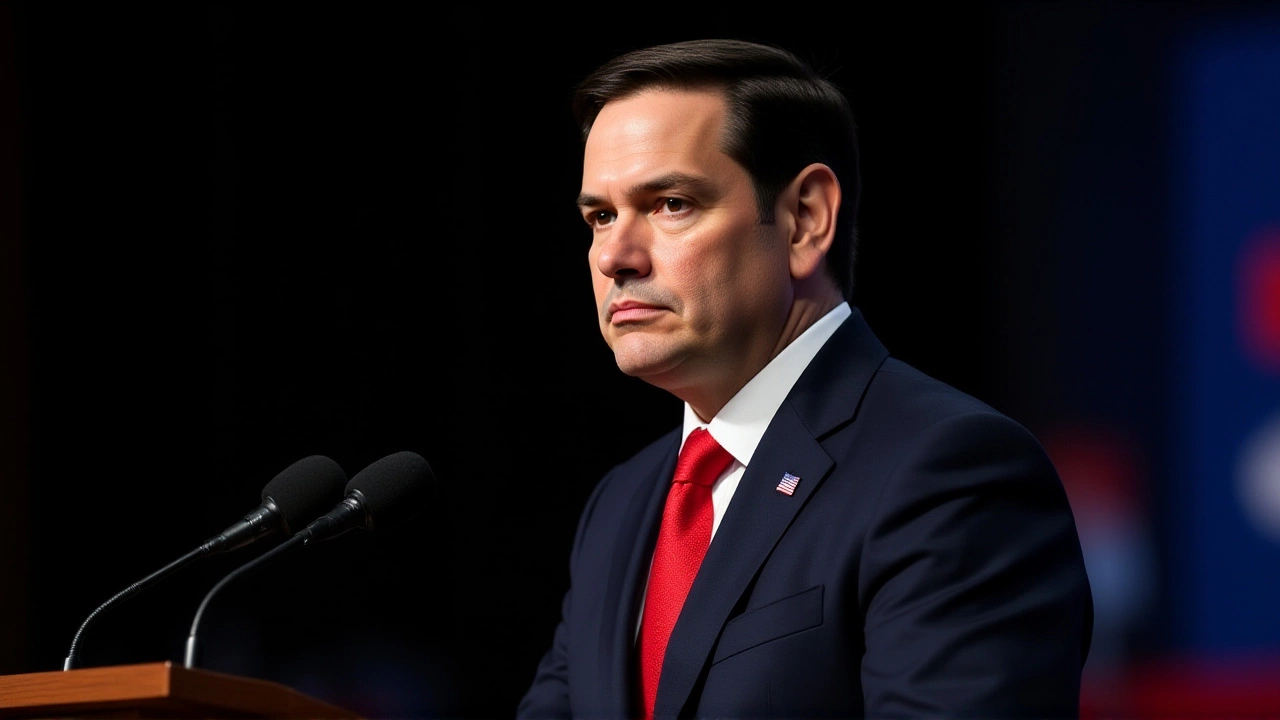When Poland lifted visa requirements for travelers from 93 countries on March 15, 2025 — including the United States, Canada, Mexico, and Panama — it didn’t just open its borders. It unlocked a floodgate. By November 2023, Poland had already welcomed 6.5 million foreign visitors, a 22.5% jump from the year before. That’s over 1.1 million more people than in 2022. And the real surge? It’s only just begun.
Why Poland Is Suddenly the Hot Spot in Europe
Here’s the thing: Poland isn’t flashy like Paris or glamorous like Barcelona. But it’s real. The cobblestone streets of Kraków, the haunting silence of Auschwitz, the golden domes of Jasna Góra Monastery in Częstochowa — these aren’t postcard illusions. They’re living history. And now, thanks to the visa-free policy, travelers from the United States and Canada can show up with just a passport and a sense of wonder.It’s not just about convenience. It’s about timing. While Western Europe still feels expensive and overcrowded, Poland offers deep culture at half the price. A three-course meal in Warsaw costs less than a coffee in London. A night in a historic hotel in Gdańsk runs under $80. And with direct flights from New York, Toronto, and Mexico City now doubling in frequency, it’s no surprise the numbers are climbing.
The Numbers Don’t Lie — And They Keep Rising
From January to November 2023, Poland welcomed 6,526,000 tourists — up from 5,329,000 in the same period in 2022. That’s not a trend. That’s a tsunami. The OECD’s 2025 International Migration Outlook adds context: while 82% of immigration applications in Poland were approved in 2024, emigration by Poles dropped 1% to 136,000. Fewer are leaving. More are coming. The country’s population, long seen as shrinking, is stabilizing — and tourism is a big part of that.The visa-free list? It’s massive. In Asia: Japan, South Korea, Singapore, Israel, and United Arab Emirates. In Africa: Mauritius and Seychelles. In Latin America: Chile, Colombia, Peru, and El Salvador. Even Guatemala and Honduras made the cut. For many of these nations, Poland is now the easiest European gateway.
What Travelers Are Saying
"I came for the food and stayed for the soul," said Linda Torres, a retired teacher from Chicago, who spent 10 days tracing her Polish roots in Lublin. "The people were warm. The churches were breathtaking. And nobody was rushing me. It felt like stepping into a storybook — one that still has pages left to turn."Mr. Anup Kumar Keshan, Editor of Travel and Tour World, put it bluntly: "Poland’s pivotal role in Central Europe isn’t just geographical — it’s emotional. It’s the bridge between the trauma of the 20th century and the quiet hope of the 21st. When you remove the visa barrier, you’re not just letting people in. You’re letting them feel something."

The Ripple Effect: Infrastructure, Jobs, and a New Identity
Hotels in Wrocław are booking out six months ahead. Local guides in Kielce are training in Mandarin and Spanish. Airports in Warsaw and Kraków are expanding terminals. The Polish government has pledged €1.2 billion in tourism upgrades through 2027, with a focus on multilingual signage, digital ticketing, and heritage preservation.And here’s the twist: Poland isn’t trying to become the next Italy. It’s carving out something quieter, deeper. A place where you can walk through a 14th-century castle, eat pierogi with a family who still speaks the old dialect, and leave feeling like you’ve found something you didn’t even know you were looking for.
What’s Next?
The next big milestone? Monitoring 2025’s full-year tourism numbers. Early estimates from the Polish National Tourism Board suggest a 30%+ increase over 2023. If that holds, Poland could surpass 8 million foreign visitors for the first time.There are risks, of course. Over-tourism in Kraków’s Old Town. Strain on public transport. Pressure on historic sites. But officials say they’re learning from Barcelona and Venice — and acting faster. New visitor caps are being tested at Jasna Góra Monastery, and a digital reservation system for major sites launches this fall.

Why This Matters Beyond the Numbers
Poland’s visa-free expansion isn’t just an economic play. It’s a statement. After decades defined by war, communism, and emigration, the country is redefining itself — not as a victim of history, but as a custodian of it. And now, the world is invited in.Frequently Asked Questions
How long can tourists from the U.S. and Canada stay in Poland without a visa?
Tourists from the United States and Canada can stay in Poland for up to 90 days within any 180-day period without a visa, under the Schengen Area rules that Poland follows. This applies to tourism, family visits, or short business trips. No visa application is needed, but travelers must have a valid passport with at least three months’ validity beyond their planned departure date.
Which other countries have similar visa-free access to Poland?
Poland grants visa-free access to 93 countries as of March 2025, including Japan, South Korea, Singapore, Israel, the United Arab Emirates, Brazil, Chile, Mexico, Panama, and all EU and Schengen nations. Even smaller nations like Timor-Leste and Georgia are included. Polish citizens, in turn, enjoy visa-free or visa-on-arrival access to 185 countries — ranking the Polish passport 6th globally in 2025.
What’s driving Poland’s tourism boom besides visa-free travel?
Beyond visa liberalization, Poland’s tourism surge is fueled by affordable prices, rich cultural heritage, improved air connectivity, and global marketing campaigns highlighting its WWII history, medieval cities, and religious sites like Jasna Góra. The country’s reputation for safety and hospitality — especially compared to Western Europe’s rising costs — is also a major draw.
Is Poland becoming a new hub for Eastern European tourism?
Absolutely. With direct flights from North America and growing rail links to Germany, Czechia, and Ukraine, Poland is positioning itself as the central entry point for travelers exploring Eastern Europe. Cities like Gdańsk, Wrocław, and Łódź are emerging as cultural alternatives to Prague or Budapest, offering authenticity without the crowds — and at lower prices.
How is Poland managing the influx of tourists without damaging its heritage sites?
The government has introduced timed-entry tickets for major sites like Auschwitz and Wawel Castle, capped daily visitor numbers at Jasna Góra, and launched a digital reservation platform for 15 key locations. Local communities are also being compensated through tourism revenue-sharing programs, ensuring that benefits reach rural areas and not just big cities.
Will Poland extend visa-free access to more countries in the future?
Officials have signaled openness to expanding the list, particularly for nations in Southeast Asia and Sub-Saharan Africa where diplomatic ties are strengthening. Talks are underway with Thailand, Rwanda, and Uruguay. However, any expansion will be carefully balanced against security concerns and infrastructure capacity, with a focus on sustainable tourism growth rather than sheer volume.

